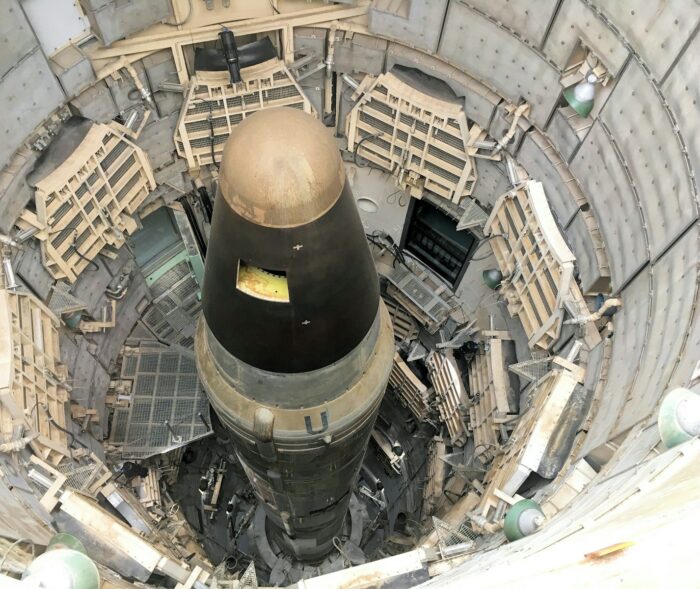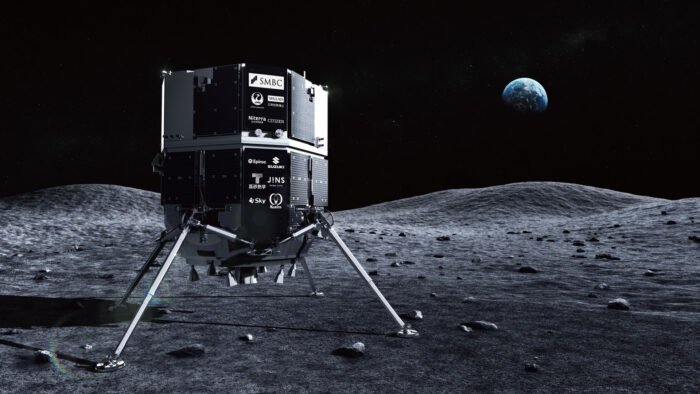At the Space Logistics Conference, Dr. Erica Rodgers, Director of Advanced Programs for NASA’s Office of Technology, Policy, and Strategy (OTPS), presented key insights into how NASA is shaping the future of deep space exploration. In an exclusive follow-up with Space Impulse, Dr. Rodgers elaborated on the importance of involving policymakers early in the process of space mission planning. With the commercial sector taking on an increasingly vital role, NASA’s policies must adapt to ensure effective collaboration between government agencies, commercial partners, and international stakeholders. The agency’s OTPS is central to these efforts, ensuring alignment between technical advancements and strategic policies from the ground up.
NASA OTPS Mission: Integrating Technical Strategies with Policy
NASA’s OTPS works closely with NASA leadership, influencing the agency’s strategic direction. The office ensures that technical strategies—such as a sustainable technology inventory and technology taxonomy to improve transparency with commercial partners—inform policy decisions. As Dr. Rodgers stated, “The work we do in the office [OTPS] answers questions like, what are technical strategies that inform our policy?” This alignment not only shapes NASA’s internal goals but also informs broader governmental policies, keeping the agency at the forefront of space exploration.
Shifting from Government-Owned to Commercial Platforms
One of the most significant changes shaping space operations today is the transition from government-owned assets to commercial platforms. This shift is crucial for both technological and policy considerations. Dr. Rodgers emphasized the growing role of the private sector, saying, “We’re seeing more commercial-owned assets coming online and being planned.” She pointed to NASA’s Commercial Lunar Payload Services (CLPS) as a key example of missions involving a mix of government and commercial payloads.
“Talking about how we do, is as important as why we do and what we do,” Dr. Rodgers noted, stressing the need for thoughtful, strategic policy that adapts to the evolving space ecosystem.

Science Technology Partnership: Enhancing Stakeholder Collaboration
The Science Technology Partnership, a collaboration between NASA, the U.S. Space Force, and the National Reconnaissance Office (NRO), is vital to fostering cooperation across various government agencies. Dr. Rodgers explained that this framework focuses on low Technology Readiness Level (TRL) assessments, which enable government agencies to coordinate on using industry and academic resources effectively. “It’s just a way for us to make good use of taxpayer dollars,” she noted, highlighting how these efforts lead to better communication and resource optimization among stakeholders.
The partnership operates through regular meetings where detailed technical exchanges take place, and public reports are issued. These coordination activities ensure that government agencies are aligned on technological objectives, reducing redundancy, and increasing efficiency.
Tabletop Exercises: Tackling Capability Gaps
NASA uses tabletop exercises to tackle mission challenges, simulate scenarios, and identify capability gaps. Dr. Rodgers described how these exercises help ensure that NASA and its partners are prepared for potential obstacles. “We might tabletop it out… like, how do we coordinate on the lunar surface so that we don’t interfere with a mission? Every question brings up five other questions.” These exercises allow NASA to brainstorm, collaborate, and develop actionable strategies for missions in deep space.
Involving the Commercial Sector: CLPS and Commercial LEO Platforms
NASA’s strategic shift towards greater involvement of the commercial sector is evident in programs like CLPS and the transition to commercial low Earth orbit (LEO) platforms. Dr. Rodgers highlighted the importance of CLPS, where commercial providers deliver payloads to the lunar surface. NASA has already conducted two CLPS missions, with one successful landing.
Another strategic shift is NASA’s transition from the International Space Station (ISS) to commercial LEO platforms. This move requires new operational models and strategic planning, as NASA prepares for a future where it will no longer operate on government-owned platforms in LEO. Dr. Rodgers acknowledged that this cultural shift started with commercial crew and cargo programs and has continued as NASA works to optimize collaboration across communities.
Early R&D and Internal Research (IRAD): Balancing Innovation with Policy
Dr. Rodgers emphasized the importance of NASA’s Internal Research and Development (IRAD) efforts in maintaining a balance between innovation and policy. IRAD allows NASA to explore new technologies and assess potential use cases early in the development process. “Some of that balance comes from early on, doing some early R&D,” she explained, pointing to how internal research enables NASA to innovate while remaining aligned with policy objectives.
NASA’s approach involves broad R&D efforts across its various centers, ensuring that new technologies are both innovative and compliant with regulatory requirements.
International Cooperation Through the Artemis Accords
International collaboration is essential to NASA’s strategy, especially with the ongoing lunar missions under the Artemis program, and for the safe and responsible exploration of space. Dr. Rodgers pointed to the Artemis Accords, which now have 45 signatories, as a critical framework for ensuring coordination among signatory nations. These accords establish shared principles for lunar exploration and provide a foundation for NASA’s international cooperation with other space agencies worldwide.
The use of a shared technology taxonomy also plays a significant role in ensuring that all partners are aligned on key objectives, making it easier to collaborate across borders.
Starts Early: Everyone Plays a Role
Dr. Rodgers closed by underscoring the importance of early policy involvement, saying, “Policy implications have to start early on, like when you’re defining… in the conceptual phase of the work you’re going to do.” She stressed that it’s not just NASA’s job to think about policy—everyone from the government, industry, academia, and international communities must play a role. As NASA continues to lead in space exploration, integrating diverse capabilities and perspectives from the beginning is key to ensuring mission success.
Bringing Everyone Together for the Future of Space Exploration
Dr. Rodgers’ insights send a clear message to the space tech community: NASA OTPS is committed to bringing together government, industry, and international partners to navigate the next era of space exploration. The growing role of commercial entities presents both opportunities and challenges, and NASA is positioning itself to work hand-in-hand with these partners to navigate this evolving ecosystem.
Share this article:










